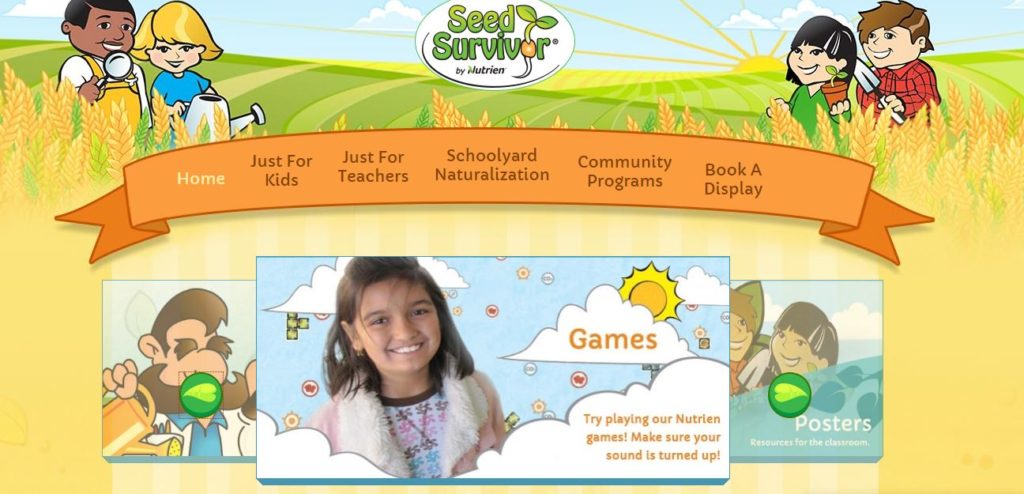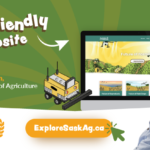-
Review Alberta’s provincial bird (great horned owl), tree (lodgepole pine), and flower (wild rose). Visit the wild rose shrub and the lodgepole pine and discuss their characteristics. Discuss the great horned owl and adaptations for winter. At each stop, students fill out the worksheet with their drawings. Record the temperature. Wrap-up: share cool facts discovered about Alberta.
-
Discuss invertebrates and lifecycles. Explain incomplete (egg, nymph, adult) and complete (egg, larva, pupa, adult) metamorphosis. Students search for, draw, describe and name invertebrates. Hypothesize lifecycle type. Wrap-up: share findings, review lifecycle types, etc.
-
Teaching children about agriculture just got easier! Check out Seed Survivor for agriculture lesson plans, videos, games, recipes, posters and much more. This curriculum-based resource will help elementary students learn that plants need water, light, healthy soil, and nutrients to survive.
Grades 3-4 teachers are invited to sign up for a classroom kit for their students as part of our NEW Seed Survivor virtual presentation experience.
Grades 1-6

-
Seed Survivor is a curriculum-based program that teaches elementary students how to grow healthy plants (focusing on water, sunlight, soil and nutrients) and where food comes from. Interactive displays, fun presentations, educational videos, interactive computer games and hands-on seed planting activities make up the foundation of Seed Survivor. Five exhibits tour North America year-round and in 2014 over 100,000 children participated. Nutrien’s kids website has lots of fun videos, games and activities. Program includes student and teacher resources.
To learn more visit: www.seedsurvivor.com
-
An experiment that has students stretch hosiery over the rim of a baby food jar and after adding soil and grass seeds. Students create Soil Sammy – the grass becomes hair. Older students can experiment with fertilizer, soil types and water balance.











